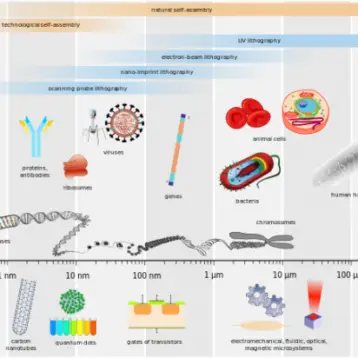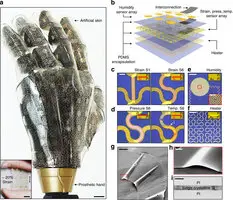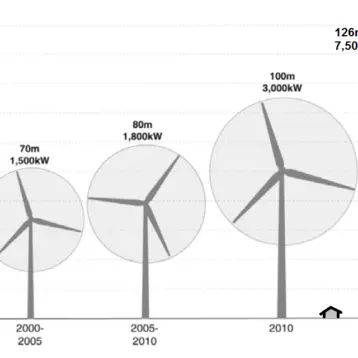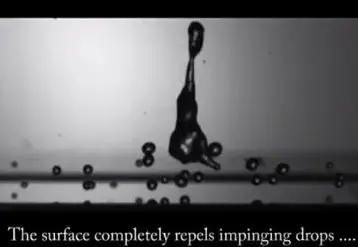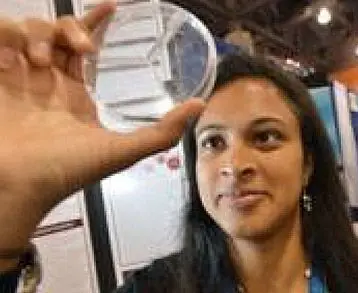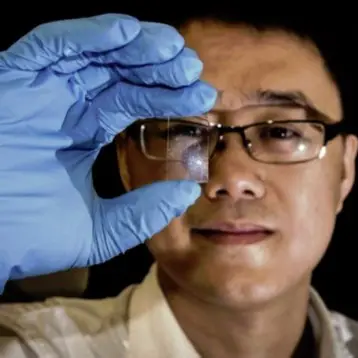|
The leader of the project, Professor of Chemical Engineering Gregory Rutledge, mentions that his team is currently in the process of developing new combinations of electrospun fibers by incorporating different types of materials in the spinning process. This approach, he says, could produce tissues with specific features, for example by using fibers with anti-bacterial functions.
Rutledge describes electrospinning as a mundane process; however, his team has expanded the technique in order to make it more applicable to a variety of practical uses. “We’re still in the Wild West mode of discovery,” says Rutledge. “People are hypothesizing almost anything and giving it a try. We’re still trying to figure out which ones are the payoff applications.”
The technique of electrospinning is the way to make a continuous polymer nanofiber by drawing the fiber from a liquid polymer through an electric charge. A stream of charged fluid polymer is emitted through the nozzle and an electric field causes the stream to oscillate. This process stretches the fiber lengthwise, reducing its diameter from 100 micron to a mere 10 nanometers.
|
The stretched fiber forms a thin membrane and has exceptional characteristics of elasticity and strength. The fiber is also extremely porous, with 85 percent open space. This unique combination of features is already being exploited in Highly Efficient Particle Accumulation (HEPA) filters used in vacuum cleaners and in military tanks. Alternatively, Rutledge’s research focuses on developing different textiles that could protect against biological or chemical toxic agents.
In 2005, an electrospun fiber was created that could efficiently repel water. This material was said to be more cost effective than Teflon-derived products, which are much more expensive than electrospun fibers. Recently, the team has rendered a breathable electrospun fabric which is both water and oil proof.
The team is currently working on the development of electrospun fibers, which are comprised of self-assembling block copolymers that arrange themselves into concentric cylinders within the fiber. Such fibers could be used to color fabrics without the use of dye or to create “wearable power” by attaching electrodes and electrolytes into individual fibers. “There are a lot of ways one can imaginatively think to use some of this stuff,” says Rutledge.
|
TFOT has previously written about how Philips lights your clothes using a layered system containing flexible arrays of colored light-emitting diodes (LEDs), visible from the outside only when the display panel is switched on. You can also check out our article about how optical textiles monitor MRI patients during their scans. You are also welcome to read our coverage of water repellent fabric, which was developed at the University of Zurich by utilizing layers of silicone nanofilaments coating the fabric surface.
Additional information on electrospinning can be obtained at the MIT website.





